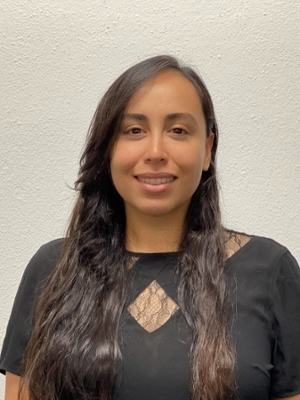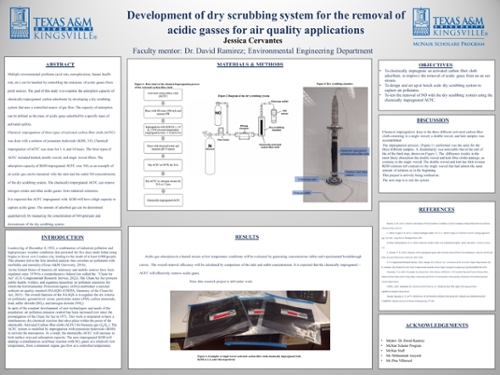Multiple environmental problems (acid rain, eutrophication, human health risk, etc.) can be handled by controlling the emissions of acidic gasses from point sources. The goal of this study is to examine the adsorption capacity of chemically-impregnated carbon adsorbents by developing a dry scrubbing system that uses a controlled source of gas flow. The capacity of adsorption can be defined as the mass of acidic gases adsorbed by a specific mass of activated carbon. Chemical impregnation of three types of activated carbon fiber cloth (ACFC) was done with a solution of potassium hydroxide (KOH, 1N). Chemical impregnation of ACFC was done for 3, 6, and 16 hours. The three types of ACFC included knitted, double waved, and single waved fibers. The adsorption capacity of KOH-impregnated ACFC over NO, as an example of an acidic gas can be measured whit the inlet and the outlet NO concentrations of the dry scrubbing system. The chemically-impregnated ACFC can remove nitrogen oxides and other acidic gasses from industrial emissions. It is expected that ACFC impregnated with KOH will have a high capacity to capture acidic gases. The amount of adsorbed gas can be determined quantitatively by measuring the concentration of NO upstream and downstream of the dry scrubbing system.
Faculty Mentor: Dr. David Ramirez
Department of Environmental Engineering


